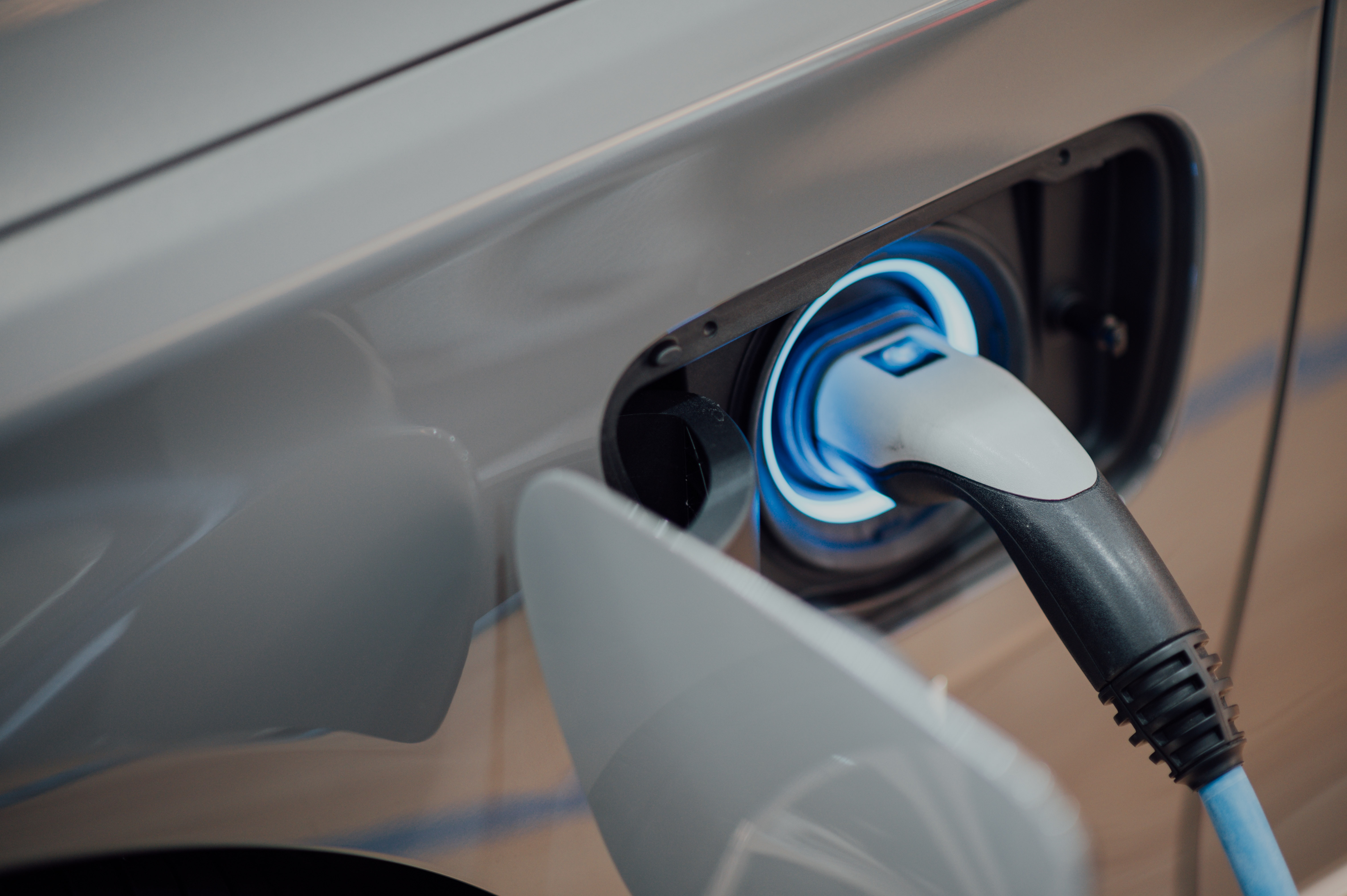Latest news
For future reports the NTC is working with jurisdictions, transport agencies and industry to publish the first comprehensive ‘whole of fleet’ view of Australia’s emissions intensity performance. We will consider the most appropriate methodology for analysing and reporting results, informed by both methodologies used in previous NTC reports and in the New Vehicle Efficiency Standard for light vehicle emissions.
Background
Each year since 2009, we have reported on the carbon dioxide intensity performance of new passenger vehicles and light commercial vehicles sold in Australia to track the nation's ‘average’ emissions.
Australia is preparing to implement fuel efficiency standards that require vehicle manufacturers to improve the average fuel efficiency of new cars over time. To reflect this, the NTC is shifting reporting beyond new car sales to a ‘whole of fleet’ view.
Key findings of the report
The key findings from the 2022 report include:
- Sales of battery electric vehicles (BEVs) helped cut overall carbon dioxide emissions intensity in the ‘Medium’ vehicle class by 57 percent
- For the first time in the history of the report, ‘Micro’ or ‘Light’ segments did not have the lowest emissions intensity, instead the ‘Medium’ segment had the lowest emissions intensity
- There is a positive correlation between emissions intensity and vehicle mass, due to the still relatively low shares of larger EVs sold In Australia
- Fleet buyers are now making an impact with a 22 percent reduction in emissions from passenger cars and light SUVs drawing on the incentives introduced by the Australian Government
- Sales of most of the top-selling hybrid models increased in 2022 relative to the previous year.
- ‘Green’ vehicles with an emissions intensity up to 120g/km were approximately 12 percent of total sales (for the first time above 10 percent).
The data
This year’s report is drawn from car sales data provided by the Federal Chamber of Automotive Industries (FCAI).
